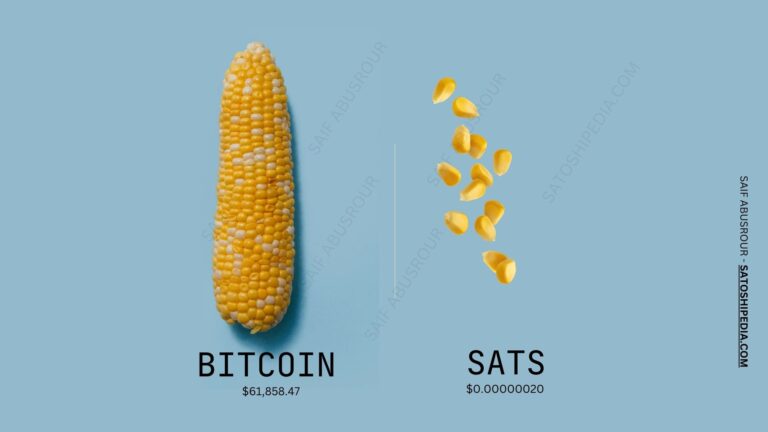In a rapidly changing world where technology is advancing at lightning speed, the introduction of a quantum-resistant network with an “embedded blockchain” approach is a game-changer, especially for decentralized physical infrastructure networks (DePIN). This new innovation by Minima is set to transform how devices interact and transact, making it vital for you to understand these developments and their significance.
Understanding the Embedded Blockchain
Minima’s embedded blockchain is designed to be lightweight and efficient, allowing it to run on virtually any device, including smartphones. This is crucial because traditional blockchains, like Bitcoin’s proof-of-work (PoW), are energy-intensive and require high-powered hardware, making them impractical for many users. In contrast, Minima’s lightweight architecture spreads the energy requirements among its users, making it more accessible and sustainable.
Key Terms to Remember:
- Embedded Blockchain: A blockchain that can be integrated into any device, enabling widespread participation.
- Decentralized Physical Infrastructure Network (DePIN): A network that connects physical devices to a blockchain, allowing for decentralized interactions.
The Energy Efficiency Revolution
One of the most compelling features of Minima is its ability to allow full nodes to run on devices without draining massive amounts of energy. Unlike traditional PoW chains that rely on miners competing to validate blocks, Minima employs a collaborative approach. This not only reduces energy consumption but also increases efficiency and security.
Steps to Understand:
- Collaboration Over Competition: Instead of miners competing, nodes in Minima work together to produce blocks.
- Energy Distribution: The energy load is shared among all users, making it feasible for anyone to participate.
Scalability and Verification
Minima tackles scalability issues head-on with its innovative structure, using “superblocks” that summarize the state of the blockchain. This allows for “block pruning,” meaning only essential data is kept, preventing bloating and maintaining efficiency.
Additionally, it employs the Unspent Transaction Output (UTxO) model, where each transaction creates outputs that can be tracked. Users only need to keep track of their own transactions, simplifying the process.
Key Concepts:
- Superblocks: High-level records that summarize all transactions, improving efficiency.
- UTxO Model: A system that tracks individual outputs rather than all transaction data.
Decentralization and Security
One of the most critical aspects of this network is its decentralization. By eliminating centralized servers, Minima avoids potential points of failure, creating a more resilient and censorship-resistant blockchain. Additionally, its use of quantum-resistant cryptography ensures that the network is prepared for future threats posed by quantum computers.
Remember:
- Decentralization: Reduces risks and enhances security by distributing power among users.
- Quantum Resistance: Protects against future technological threats, ensuring the longevity of the network.
Real-World Applications
Minima has already begun implementing its technology in the real world. For instance, a blockchain-powered data tracker was integrated into a McLaren Artura GT4 supercar, enabling real-time data logging directly from the vehicle’s engine. This highlights how the embedded blockchain can have significant applications in various fields, from automotive to industrial use.
Why You Should Care
Understanding these advancements is essential for anyone looking to build knowledge in technology and finance. The evolution of blockchain technology is shaping the future of industries, creating new opportunities, and redefining interactions in both digital and physical realms. As devices become increasingly interconnected, being knowledgeable about these developments can empower you to engage in discussions, make informed decisions, and even explore career opportunities in this burgeoning field.
In Summary:
- Minima’s embedded blockchain is a significant step towards making blockchain technology accessible and efficient.
- Energy efficiency, scalability, and decentralization are key advantages that can lead to widespread adoption.
- Staying informed about these developments can position you ahead of the curve in the tech and finance worlds.
As we move towards a future where every device may potentially connect to a blockchain, understanding and embracing these innovations will be crucial for your personal growth and opportunities in the evolving landscape of technology.



